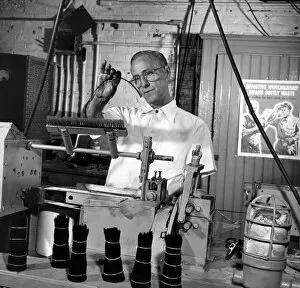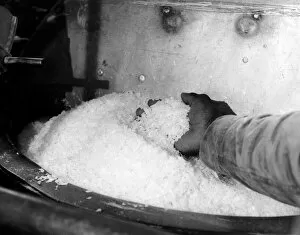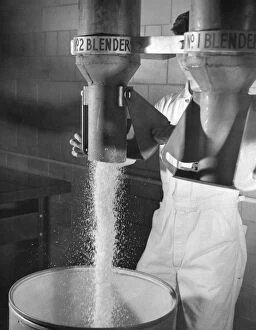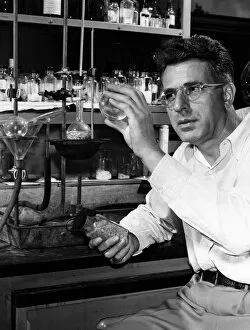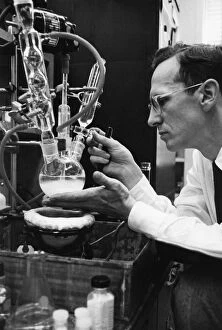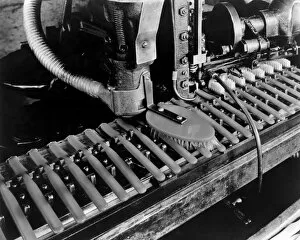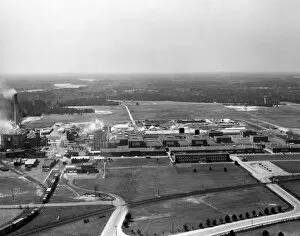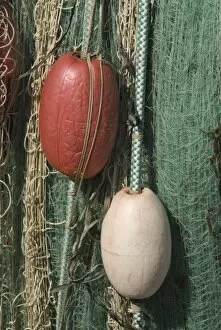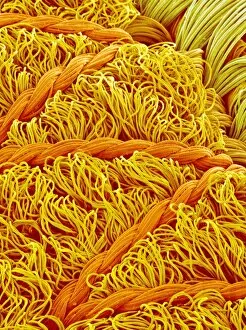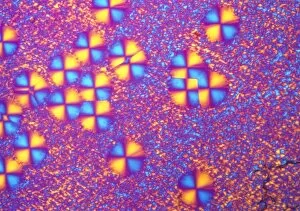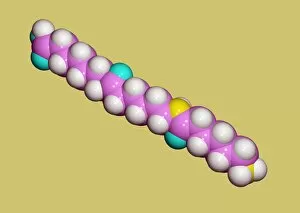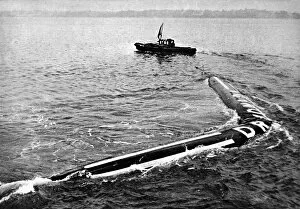Nylon Collection (#3)
"Nylon: Revolutionizing Fashion and Comfort" In the world of fashion, it has been a game-changer since its inception
For sale as Licensed Images
Choose your image, Select your licence and Download the media
"Nylon: Revolutionizing Fashion and Comfort" In the world of fashion, it has been a game-changer since its inception. From the iconic Kayser Bondor Nylons advertisement to the revolutionary Kayser Bondor advertisement showcasing their latest designs, this synthetic wonder has left an indelible mark on the industry. One notable moment in history was during the Fashions for a Coronation Summer in 1953 when nylon took center stage. Its versatility as a woven fabric was showcased through stunning creations like Victor Stiebel's ballgown, leaving everyone in awe of its beauty. Even everyday items such as combs benefited from nylon's innovation, as seen in DuPont's 1952 C019 / 1284 advert. This durable material proved perfect for creating long-lasting accessories that could withstand daily use. Harrods also embraced nylon with their exquisite ballgown made of delicate netting in 1958. The ethereal quality of this gown captured hearts and exemplified how nylon could transform any garment into a work of art. Underwear design reached new heights in 1962 thanks to Barbara Hulanicki's drawings. Her incorporation brought comfort and style together seamlessly, revolutionizing lingerie forever. Nylon even found its way into popular culture, with David Wright immortalizing Betty Grable putting on a pair of stockings circa 1940. This image perfectly encapsulated the allure and glamour associated with wearing nylons at that time. During festive seasons like Christmas, nylon played an enchanting role too. Fairy figurines seated on Christmas roses or Cupids carrying candles and mistletoe were delicately crafted using this versatile material – adding whimsy to holiday decorations. From advertisements to high-fashion runways and everyday essentials, it is undeniable that nylon has shaped our lives profoundly. Its ability to combine durability with elegance continues to captivate designers and consumers alike – proving that sometimes looking a gift horse in the mouth can lead to extraordinary discoveries.

